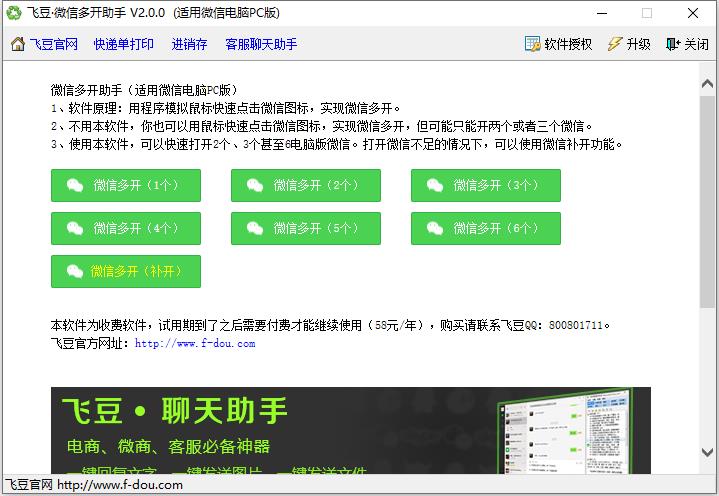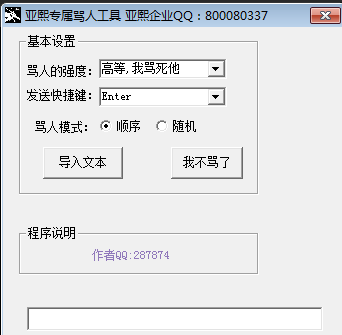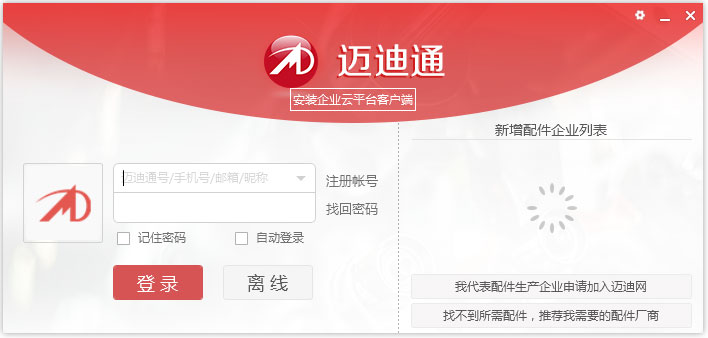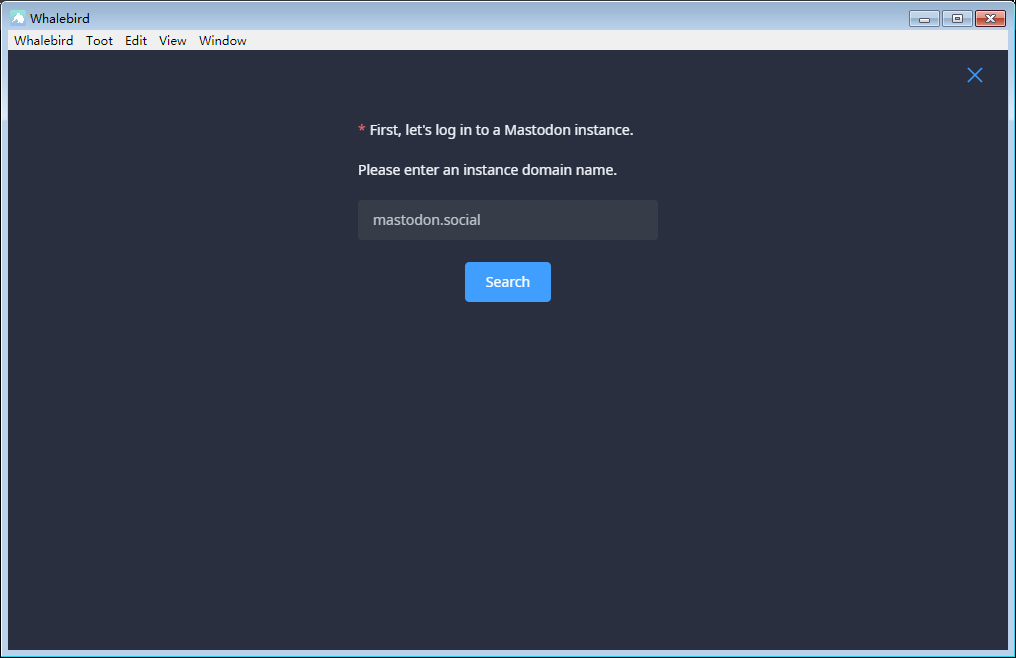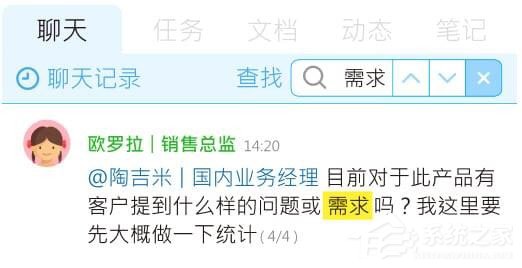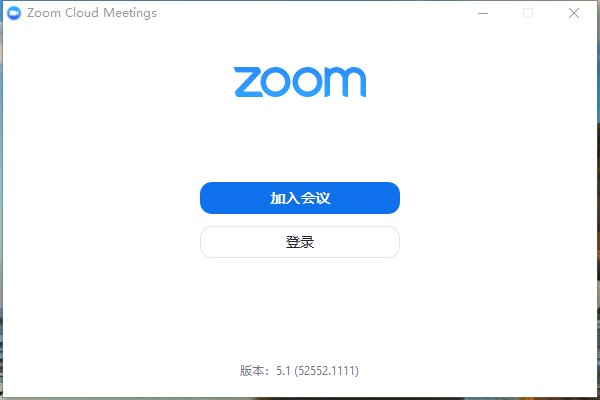JavaScript的this指向哪里
时间:2022-02-11 16:01
this指向:1、普通函数或作为对象属性,指向window对象;2、事件绑定中,指向绑定事件的元素;3、构造函数中,指向类的实例;4、箭头函数中,指向其最近父级上下文中的this;5、call/apply/bind中,指向传入的第一个参数。 本教程操作环境:windows7系统、javascript1.8.5版、Dell G3电脑 下面我们来进行一一介绍 answer: 可以看到函数作为对象的属性被调用的时候,其 在进行事件绑定的时候,事件绑定函数中的 answer: 但是需要注意的是,这里我们是在用户点击时,浏览器帮我们将点击事件的 构造函数( answer: 箭头函数中没有自身的 answer: 为 answer: 为了更深入的理解 根据前面的介绍,我们知道:当函数作为对象属性被调用时, 利用 到这里,有的小伙伴可能已经发现了,如果 首先我们看下 接下来,我们对 在 相比于 精简版如下: 在深入理解 answer: 这里我们根据 更多编程相关知识,请访问:编程入门!! 以上就是JavaScript的this指向哪里的详细内容,更多请关注gxlsystem.com其它相关文章!
JavaScript中this指向分为以下几种情况:call/apply/bind指定普通函数或作为对象属性
this取决于方法执行前面是否有“点”,有“点”的话,“点”前面是谁this就是谁,如果没有点的话,this指向windowconst fn = function () {
console.log(this);
};
const obj = { name: 'OBJ', fn };
fn();
obj.fn();
const fn1 = obj.fn;
fn1();1. window
2. {name: 'OBJ', fn: function() {console.log(this)}} // obj
3. windowthis指向调用该函数的对象,否则其this指向window事件绑定
this是绑定事件的元素:// 假设页面中有id为button的button元素
// var x = 100;
window.x = 100;
const fn = function () {
console.log(this.x);
};
const obj = { x: 200, fn };
const $button = document.getElementById('button');
$button.x = 300;
obj.fn();
const fn1 = obj.fn;
fn1();
$button.addEventListener('click', fn);
$button.addEventListener('mouseenter', obj.fn);
$button.addEventListener('mouseleave', function () {obj.fn();});1. 200
2. 100
3. 点击button时:300
4. 鼠标移入button时:300
5. 鼠标移出时:200
this指向绑定该事件的DOM元素。如果通过代码来触发对应的事件的话,我们可以通过call/apply/bind来指定其this$button.click.call() // this为window,打印结果为100
构造函数(
new Fn)new Fn)执行,函数中的this是当前类的实例,这是new关键字帮我们做到的:var x = 100;
const Fn = function () {
this.x = 200;
console.log(this.x);
};
const fn = new Fn();1. 200
箭头函数
this,所用到的this都是其最近父级上下文中的thisconst fn = function () {
console.log(this);
setTimeout(() => {
console.log(this);
}, 1000);
setTimeout(function () {
console.log(this);
});
};
const obj = { x: 100, fn };
obj.fn();1. {x:100, fn: function() {...}} // obj
2. window
3. {x:100, fn: function() {...}} // objcall/apply/bind改变this指向call/apply/bind传入的第一个参数即为函数的this:var x = 100;
const obj = { x: 200, y: 200 };
const fn = function () {
console.log(this.x);
};
fn();
fn.call(obj);
fn.apply(obj);
const fixedThisFn = fn.bind(obj);
fixedThisFn();1. 100
2. 200
3. 200
4. 200
call在执行时,第一个参数为this指向,之后的参数为fn执行时的参数apply在执行时,第一个参数为this指向,之后的参数为fn执行时的参数组成的数组,数组的每一项会和fn的每一个参数进行对应bind在执行时,第一个参数为预先传入this指向,之后的参数为实际调用fn前预先传入的参数,返回值为一个函数fixedThisFn,fixedThisFn内部会调用fn并指定其this指向call/apply/bind是如何改变函数中this指向的,下面我们分别模拟实现这三个函数call/apply/bind源码实现this指向调用该函数的对象const obj = { x: 100, fn () {console.log(this);} };
obj.fn(); // {x: 100, fn: function() {...}} => objJavaScript这个特性,我们可以将执行的函数作为call/apply的第一个参数context的属性,然后通过context来调用该属性对应的函数,函数的this便指向了contextcall的源码模拟如下:Function.prototype.myOwnCall = function (context, ...args) {
const uniqueKey = new Date().getTime();
// this为调用call方法的函数
context[uniqueKey] = this;
// 作为对象的方法被对象调用,this指向该对象context
const result = context[uniqueKey](...args);
delete context[uniqueKey];
return result;
};call/apply传入的context不是对象呢?mdn对call方法的第一个参数的描述:语法:
function.call(thisArg, arg1, arg2, ...)
* thisArg
可选的。在function函数运行时使用的this值。请注意,this可能不是该方法看到的实际值:如果这个函数处于非严格模式下,则指定null或undefined时会自动替换为指向全局对象,原始值会被包装myOwnCall方法的第一个参数做如下处理:function translateToObject (context) {
// 可以通过 == 进行判断 context == null
// null == undefined => 2个等号是成立的
// null,undefined => window
if (typeof context === 'undefined' || context === null) {
context = window;
} else if (typeof context === 'number') { // 原始值转换为包装对象
context = new Number(context);
} else if (typeof context === 'string') {
context = new String(context);
} else if (typeof context === 'boolean') {
context = new Boolean(context);
}
return context;
}myOwnCall方法中调用该函数:Function.prototype.myOwnCall = function (context, ...args) {
context = translateToObject(context);
const uniqueKey = new Date().getTime();
// this为调用call方法的函数
context[uniqueKey] = this;
// 作为对象的方法被对象调用,this指向该对象context
const result = context[uniqueKey](...args);
delete context[uniqueKey];
return result;
};apply的实现与call基本相同,只不过第二个参数是一个数组:Function.prototype.myOwnBind = function (context, paramsArray) {
context = translateToObject(context);
const uniqueKey = new Date().getTime();
// this为调用call方法的函数
context[uniqueKey] = this;
// 作为对象的方法被对象调用,this指向该对象context
const result = context[uniqueKey](...paramsArray);
delete context[uniqueKey];
return result;
};call/apply,bind函数并没有立即执行函数,而是预先传入函数执行时的this和参数,并且返回一个函数,在返回的函数中执行调用bind函数并将预先传入的this和参数传入bind的源码模拟:Function.prototype.myOwnBind = function (context, ...outerArgs) {
const fn = this;
return function (...innerArgs) {
return fn.call(context, ...outerArgs, ...innerArgs);
};
};Function.prototype.myOwnBind = (context, ...outerArgs) => (...innerArgs) => this.call(context, ...outerArgs, ...innerArgs);
这里并没有实现通过
new操作符来执行fn.bind(context)的操作,如果想知道其详细的实现过程,可以看我的这篇文章: JS进阶-手写bindcall/apply/bind的实现原理后,我们尝试完成下面的测试:function fn1 () {console.log(1);}
function fn2 () {console.log(2);}
fn1.call(fn2);
fn1.call.call(fn2);
Function.prototype.call(fn1);
Function.prototype.call.call(fn1);1. 1
2. 2
3. 什么都不输出
4. 1
call的源码来进行推导一下Function.prototype.call.call(fn1),其它的执行过程类似:// 1. 首先会将Function.prototype.call作为一个函数来执行它原型上的call方法
// 所以call方法内部:
// this => Function.prototype.call
// context => fn1
// 通过对象的属性来执行方法改变this指向
// fn1[uniqueKey] = this(Function.prototype.call)
// fn1[uniqueKey]() // 执行 Function.prototype.call方法,但是this是context
// 2. 在this为fn1的情况下执行Function.prototype.call方法
// 所以call方法内部:
// this => fn1
// context => window
// 通过对象的属性来改变this指向
// window[uniqueKey] = fn1
// window[uniqueKey]() // 执行fn1(),但是this是window
